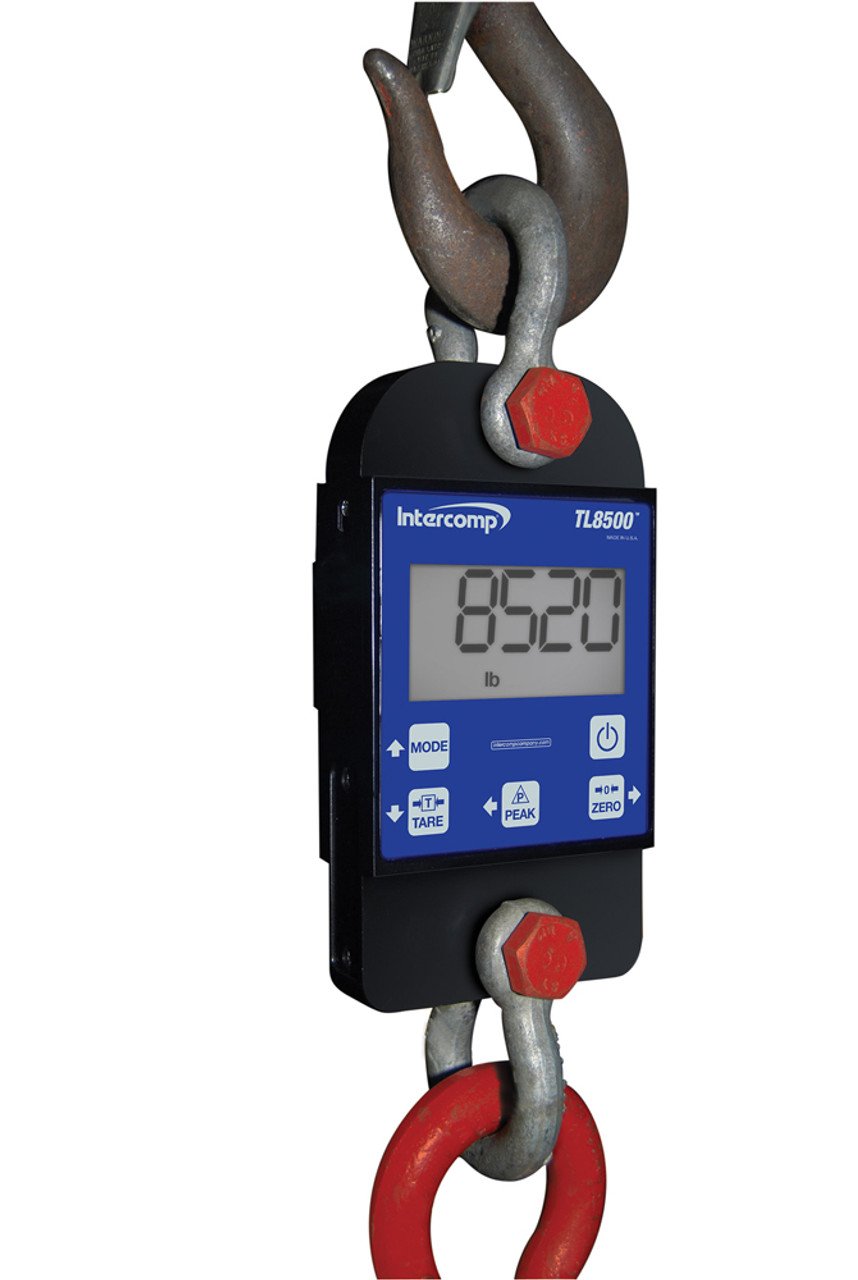Dynamometers are versatile devices used to measure force, tension, and compression in a wide range of industrial, commercial, and scientific applications. These instruments play a crucial role in various fields, including engineering, manufacturing, research, and testing. By providing precise force measurements, dynamometers enable engineers, researchers, and technicians to assess performance, ensure safety, and optimize designs in a multitude of scenarios. Let's delve deeper into the mechanics, types, and applications of dynamometers.
Mechanics of Dynamometers:
The fundamental principle behind dynamometers involves converting mechanical force into an electrical signal that can be measured and analyzed. Different types of dynamometers achieve this using various sensing technologies. The two primary methods are:
Strain Gauge Dynamometers:
These dynamometers use strain gauges, which are resistive elements, to measure deformation caused by applied force. Strain gauges are bonded to the surface of a load-bearing structure. When force is applied, the structure deforms slightly, leading to changes in the electrical resistance of the strain gauges. These changes are then converted into electrical signals, which are proportional to the applied force.
Piezoelectric Dynamometers:
Piezoelectric materials generate an electrical charge in response to mechanical stress or pressure. In piezoelectric dynamometers, these materials are integrated into the load-bearing element. When a force is applied, the piezoelectric material generates electrical charge proportional to the force, which can be measured and quantified.
Types of Dynamometers:
Dynamometers can be categorized based on their specific applications and modes of force measurement:
Tension Dynamometers:
Designed to measure tension or pulling force, these dynamometers are commonly used to monitor and ensure the appropriate tension in cables, ropes, wires, and guy lines. They find application in lifting equipment, elevators, cranes, and suspension bridges.
Compression Dynamometers:
These dynamometers measure compressive or pushing forces. They are used in applications like material testing, structural analysis, and machinery load testing.
Inline Dynamometers:
Inline or in-line dynamometers are integrated into the systems they measure, providing real-time force monitoring during operations. They are widely used in industrial machinery and equipment to assess force levels during production processes.
Wireless Dynamometers:
Modern dynamometers often incorporate wireless technology for data transmission, making them more flexible and easier to use in challenging environments or remote locations.
Applications of Dynamometers:
The versatility of dynamometers leads to a broad range of applications in various industries:
Automotive Industry: Dynamometers are extensively used for testing and evaluating engine performance, vehicle power output, and emissions. Chassis dynamometers simulate road conditions for assessing a vehicle's performance under controlled environments.
Aerospace and Aviation: Dynamometers aid in testing and certifying aircraft components, engines, and landing gear. They are crucial in ensuring the safety and reliability of aerospace equipment.
Material Testing: In research and quality control laboratories, dynamometers play a pivotal role in material testing, determining material properties like tensile strength, compressive strength, and elasticity.
Manufacturing and Production: Dynamometers are utilized in manufacturing processes to monitor forces during machining, metal forming, and assembly operations. They help optimize production efficiency and ensure product quality.
Marine and Offshore: In marine industries, dynamometers are employed to test mooring lines, measure tension in rigging, and assess forces during offshore operations.
Research and Development: In scientific research, dynamometers are used to study biomechanics, study the forces exerted by living organisms, and develop new technologies.
Sport Science: In sports and fitness, dynamometers are used to evaluate human performance, measure muscle strength, and design exercise regimens.
Conclusion:
Dynamometers have become indispensable tools for measuring force and tension in numerous applications across industries. Their ability to provide accurate and reliable force measurements has led to advancements in engineering, research, and safety standards. From automotive testing to aerospace certifications, dynamometers continue to play a vital role in ensuring the efficiency, reliability, and safety of products and processes in the modern world. As technology evolves, we can expect dynamometers to become even more sophisticated, opening up new possibilities for force measurement and analysis.
American Scale is your source for all things involving industrial scales. We provide clients with a myriad of products and services for any scale application. Be sure to visit our Learning Hub for our in-depth articles on scale systems, calibrations, and even buyer guides for scales and accessories.

